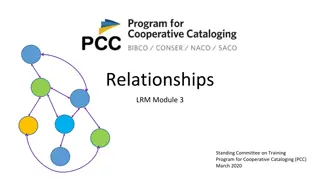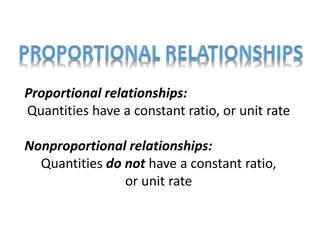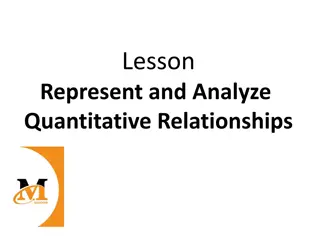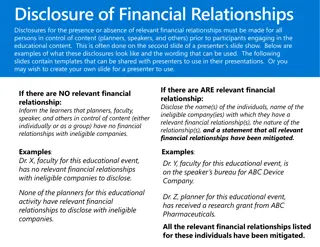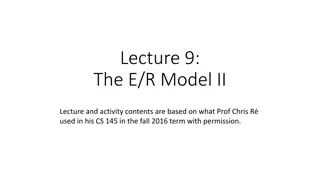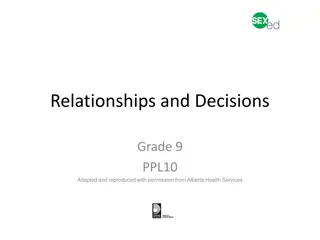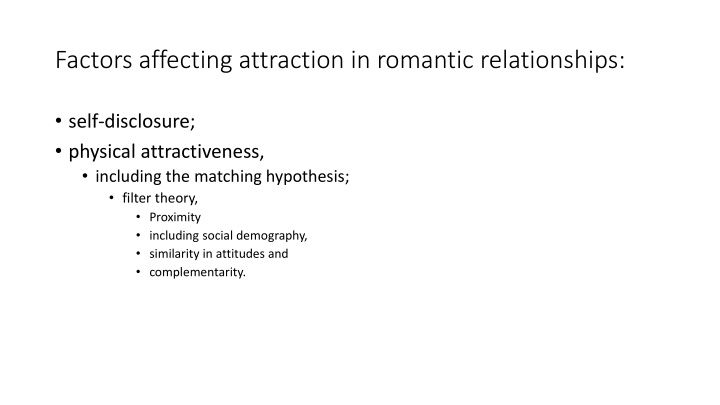
Factors Influencing Attraction in Romantic Relationships
Explore the factors impacting attraction in romantic relationships, including self-disclosure, physical attractiveness, the matching hypothesis, filter theory, proximity, and gender differences. Understand how self-disclosure and perception affect attractiveness, the importance of physical appearance, and how equity influences relationships. Discover the nuances of relationship development through various filters as proposed by Kerckhoff and Davis in 1962.
Download Presentation

Please find below an Image/Link to download the presentation.
The content on the website is provided AS IS for your information and personal use only. It may not be sold, licensed, or shared on other websites without obtaining consent from the author. If you encounter any issues during the download, it is possible that the publisher has removed the file from their server.
You are allowed to download the files provided on this website for personal or commercial use, subject to the condition that they are used lawfully. All files are the property of their respective owners.
The content on the website is provided AS IS for your information and personal use only. It may not be sold, licensed, or shared on other websites without obtaining consent from the author.
E N D
Presentation Transcript
Factors affecting attraction in romantic relationships: self-disclosure; physical attractiveness, including the matching hypothesis; filter theory, Proximity including social demography, similarity in attitudes and complementarity.
self-disclosure We reveal more to people we like. We like people who reveal more about themselves Happens when trust has been established.
Factors that effect Appropriateness lack of social skills. You have to be sensitive the social norms. Attributions for disclosure (why they are doing it). Better the person being disclosed to feels that it is intimate and not something everybody knows. Gender differences: less appropriate by males but this may make females feel more special. Males may be awkward and feel threatened if female discloses too much as they are not used to it.
Klienke Found that if the perception of the self disclosure was selective then the individuals were more attractive. Wortman et al. Found similar results and that those being disclosed to felt trusted and admired and so rated the person disclosing higher. More research on page 73 and 74
Evaluation Friendship and romantic relationships not distinguished. Is this the only thing probably not. Personality may come into this (Individual differences) some people like to know more about their partners or are better at giving out information. The opposite can also be true.
Physical attractiveness More important to males than females. Why? The Halo effect - your attractive therefore you are trustworthy optimistic and sociable. As discussed previously. Women may want a muscular man but they may also choose an older man as they have proven resource richness. Men want physical indicators of fertility eg: healthy, youthful good hair? However this has changed over time, cultures, age.
The matching Hypothesis Perceived equity. If they are much more attractive they will terminate the relationship. Attraction the matching phenomenon
Filter Theory Kerckhoff and Davis (1962) Model proposes that relationships develop through different filters - different factors are important at different times Potential partners are filtered so that the field of availables is narrowed down to a relatively small field of desirables - those we consider potential partners.
Proximity Proximity is the most obvious filter: Festinger et al. (1950) friendship patterns among retired, married servicemen and their wives living in two quite different halls of residence while studying at Massachusetts Institute of Technology were observed. Two findings soon became apparent: those friendships were deepest people became friendly with those who were in neighbouring rooms, and and stairwells, had a wider circle of friends than those living furthest down the hall. people living in the more central positions, nearest to the communal rooms
Similarity Social and/or cultural similarity is also thought to narrow down our field of eligibles . Newcomb (1961) Randomly allocated a group of 17 male students to share rooms in a boarding house while they were studying at Michigan University. At the end of the year 58% of those paired with room-mate with similar attitudes formed friendships as opposed to friendships between 25% of those with dissimilar room-mates.
Complementary Potential partners meet each others needs, especially emotional ones. Seen as the most important towards a long term relationship.
Physical attractiveness Walster and Berscheid's 'computer dance' experiment A computer dance was advertised during freshers week at a college. A total of 752 males and females attended for just $1.00. Each student was independently assessed by judges for attractiveness when they signed up. Students were then randomly paired by a computer (except no man went with a taller woman). During the dance and again 2 days later students completed questionnaires about the dance and their dates. Result That physical attractiveness was the most important factor in liking. The most physically attractive students were liked more by their dance partners. Physical attractiveness was a good indicator of whether they would see each other again. Six months later when asked if the participants had seen their date again they found that the participants were more likely to have dated if they were of similar attractiveness.
Evaluation Kerchkoff & Davis (1962) who tested model using a longitudinal study of student couples together for more or less than 18 months - pp s asked to report attitude similarity and personality traits with their partners. Results Attitude similarity was most important factor in first 18 months of relationship - after this psychological and emotional compatibility more important. Spreecher (1998) who found Couples matched in physical attractiveness and social background more likely to develop long term relationship Gruber-Badini et al (1995) who found that couples similar in age and educational background at start of relationship more likely to stay together
Essay Questions with STEMS 07 Discuss factors affecting attraction in romantic relationships. Refer to Teddy s comments in your answer. [16 marks]
Example Question 1 Question 1: Denola and Chris are studying Psychology in Year 13 and are both very attracted to Mila. Mila is very sensible and while she finds Chris more attractive, she has just found out that Denola works in Waitrose, earning 7.27 and receiving 12% discount on groceries and 25% discount in John Lewis. She also learns that Chris doesn t have a job. Naturally, she decides to start dating Denola Use your knowledge of evolutionary explanations for partner preferences, explain why Mila starts dating Denola and not Chris. (16 marks).
Example Question 3 Question 3: Ben and Harriet are on their very first date. Harriet decides to tell Ben about all of her previous partners and doesn t let Ben say a word all evening. Ben, who is naturally reserved, decides not to go into his past relationships and reveals very little. The next day Harriet is gossiping in Mr Sparks s tutorial (as per usual) about her date. She said that the date didn t go well and she felt uncomfortable with Ben and probably won t see him again. Referring to Harriet and Ben, discuss the role of self-disclosure in attraction. (16 marks)
Question on disclosure? Appropriateness Is it appropriate on the first date. Attributions Why are they disclosing Gender differences Women disclose more than men. Content The more intimate usually the better but too intimate may violate social norms.
Mapping Issues & Debates in Year 2 Relationships Which Issue and Debate? Why? Views partner preferences as being due to genetic influences (biological determinism). Socially sensitive as can be see to justify behaviours such as male promiscuity and even rape. Biological Determinism Social Sensitivity 09.1 Evolutionary explanations Filter theory seeks to formulate general laws of behaviour by suggesting that we all use a series of filters to narrow down the 'field of availables'. 09.2 Attraction Nomothetic Approach Most research into romantic relationships has been conducted in Western societies. Some research has suggested that equity is not as important in non-Western cultures. 09.3 Romantic relationships Cultural Bias - Ethnocentrism Carrying out research into relationship breakdown can potentially be intrusive and distressing for partipants. 09.4 Duck's phase model Social Sensitivity Use of the Celebrity Attitude scale to identify levels of parasocial relationship is an example of a nomothetic, quantitative approach. 09.6 Parasocial relationships Nomothetic Approach
Nomothetic Idiographic Debate The term nomothetic comes from the Greek word nomos meaning law . Psychologists who adopt this approach are mainly concerned with studying what we share with others. That is to say in establishing laws or generalizations. The term idiographic comes from the Greek word idios meaning own or private . Psychologists interested in this aspect of experience want to discover what makes each of us unique. Despite the fact that an important aspect of our uniqueness is our genes (i.e. it comes from biology) the distinction between the nomothetic and the idiographic is often equated with two types of science the natural sciences concerned with discovering laws of nature and the social sciences with individual meanings.
We can see that the difference between a nomothetic and an idiographic approach is not just a question of what the psychologist wants to discover but also of the methods used. Experiments. correlation, psychometric testing and other quantitative methods are favoured from a nomothetic point of view. Case studies, informal interviews, unstructured observation and other qualitative methods are idiographic. There are also broad differences between theoretical perspectives. Behaviorist, cognitive and biological psychologists tend to focus on discovering laws or establishing generalizations. The humanists are interested in the individual. As in so many other debates psychoanalysis is difficult to pin down. Thus it could be seen as nomothetic if one were to concentrate on Freud s view of the psychic apparatus common to us all (id, ego, superego). On the other hand each patient represents a new challenge for therapy with a configuration of defense mechanisms that is all their own and an illness that derives from unique childhood experiences.
Recap The evolutionary explanations for partner preferences, including the relationship between sexual selection and human reproductive behaviour. Factors affecting attraction in romantic relationships: self-disclosure; physical attractiveness, including the matching hypothesis; filter theory, including social demography, similarity in attitudes and complementarity.



